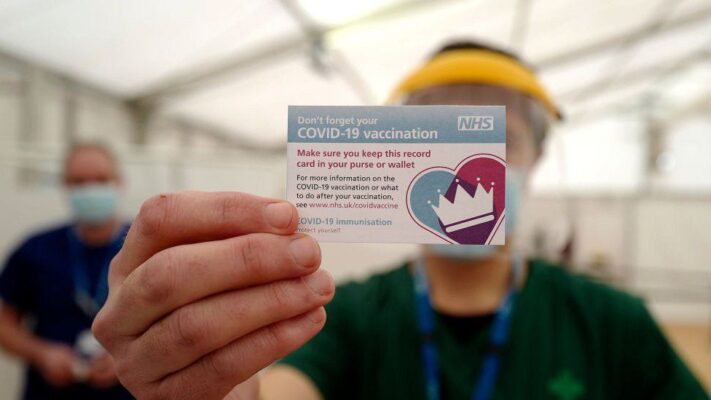
Four executive parties support Covid passport but not the DUP
Today, Wednesday, November 17, Executive ministers are expected to discuss a proposal to make vaccine passports enforceable from December 13.
But a modelling paper ministers received ahead of the meeting sets out other measures that could be possible.
It warns more “severe” rules may need to be considered from mid-December.
Those will be required, it says, to avoid hospital capacity being overwhelmed.
The paper goes on to say that evidence suggests that adherence to guidelines by the public is declining and that “Covid certification on a voluntary basis by the hospitality sector” has had low uptake.
It adds: “We strongly advise that further immediate measures are required to increase adherence to continued mitigations, including use of face coverings, work from home, outdoor meetings, ventilation and limiting contacts.”
“It is unlikely that this will be sufficient to reduce the R number (Rt) to less than 1 unless there is also widespread use of Covid certification across higher risk settings.”
The paper warns that it remains possible that even those measures may not be sufficient and that much depends on whether there is a “significant decline in community transmission” in the next three weeks.
Ministers were advised in the paper that the number of new positive cases has risen by 23% percent in the North of Ireland in the last week and the percentage of positive tests has also increased.
It said the increase in case numbers has been most marked in 11-15s, but all age groups are rising with the exception of over 60s who remain constant at a relatively high level.
Officials said this is likely to be due to the impact of relaxations at the end of October – “with limited adherence to guidance by relevant sectors and a general decline in adherence to baseline measures by the general public combined with the return of schools after the mid-term holidays.”
The paper also says hospital admissions have risen by 19% in the last week, while occupancy has risen by 10%, and that although ICU occupancy and deaths have declined, those are described as “lagging indicators in the context of increasing community transmission”.





